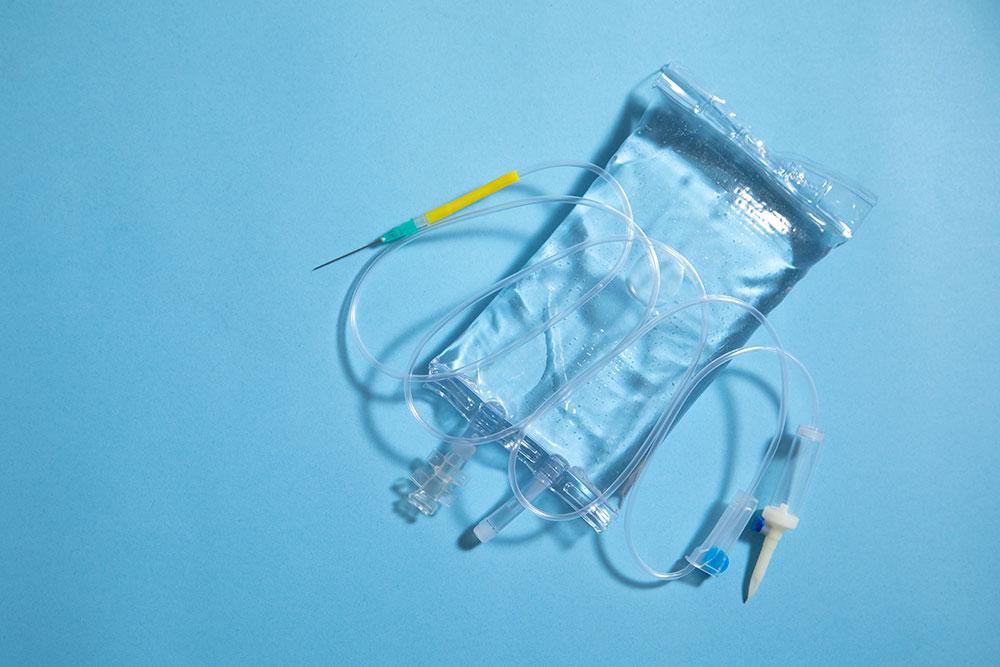
Athletes often assume that anti-doping only becomes relevant to them once they’re over 18 or start playing at the professional level. The reality is that any athlete who is a member of a National Governing Body (NGB), such as USA Swimming or USA Cycling, is subject to testing. That’s also true for any athlete who signs up for a national or international level event. Additionally, athletes who play NCAA college sports may be subject to testing and anti-doping rules.
So, whether it’s now or later, there’s a chance that your athletes will experience testing and anti-doping responsibilities. That’s why it’s important for athletes, even those in their teens, to become aware of anti-doping rules, resources, and best practices.
As a coach, you can help them prepare for these possible responsibilities. Tammy Hanson, Director of Elite Education at the U.S. Anti-Doping Agency (USADA), is focused on educating athletes, caregivers, and coaches on anti-doping rights and responsibilities around clean competition. Here, she’s sharing a few ways that coaches can help their athletes prepare for an anti-doping program.
1. Teach Athletes to Practice for Future Responsibilities
For student-athletes who aren’t being tested, things like checking for third-party certification on supplements may not seem important. But Hanson points out that learning these valuable skills and getting into the routine of assessing supplements and medications will be helpful for athletes if and when they get added to an anti-doping program.
“What can a 12-year-old athlete do to start preparing? That athlete can start to learn to check every single medication they’re taking on the Global Drug Reference Online (Global DRO) website,” Hanson says. “They can get in the habit of checking medications and ingredients. And they can start to learn about nutrition and what they’re putting into their bodies.”
Global DRO identifies the prohibited and permitted status of substances based on the World Anti-Doping Agency (WADA) Prohibited List, which is a rigorous global standard and great way for athletes to learn where to exercise caution.
2. Teach Athletes to Focus on Food-First Fueling
 “A young athlete can start associating how they eat before practice or a game with how their performance is and how they feel on the field,” says Hanson. “Making those connections between nutrition and performance can help them start to understand their individual fueling needs and make them less susceptible to using illegal or extraneous supplements.” While it’s true that some supplements can be helpful in some circumstances, people regularly overestimate the benefits and safety, which you can learn more about in the TrueSport Supplement Guide.
“A young athlete can start associating how they eat before practice or a game with how their performance is and how they feel on the field,” says Hanson. “Making those connections between nutrition and performance can help them start to understand their individual fueling needs and make them less susceptible to using illegal or extraneous supplements.” While it’s true that some supplements can be helpful in some circumstances, people regularly overestimate the benefits and safety, which you can learn more about in the TrueSport Supplement Guide.
Essentially, dietary supplements are regulated in a post-market fashion, which means that no regulatory body approves the accuracy of the label or safety of the contents before they are sold to consumers. To be considered a dietary supplement, a product must a) contain ingredients that have a history of use in the food supply, b) be taken by mouth and swallowed (like a food), c) be advertised only to improve the diet or to provide nutrients, and d) must have a supplement facts panel. Athletes should understand that supplements can include gels and protein powders, as well as more obvious things like multi-vitamins and herbal supplements. USADA and TrueSport recommend a ‘food-first’ approach to fueling whenever possible, and it’s never too early to teach your young athletes how to focus on food rather than supplements.
3. Remind Athletes that Friends and Influencers Aren’t All Experts
Because of post-market regulation, supplements are at risk of cross-contamination, and if they aren’t third-party certified as free of banned substances, they can potentially contain those substances even if they aren’t listed on the label.
Unfortunately, supplements are often more appealing than real food: An athlete’s friends may love a certain energy drink or powder, or a social media influencer may say that a certain protein powder is making them faster/stronger/better. Help your athletes understand that this kind of peer pressure or trend following can lead them to risky supplements that could result in both health impacts and anti-doping issues. You can also help your athletes find real food options that have the same benefits as these trending supplements claim to have.
You can learn more about third-party certification here.
4. Teach Athletes to Check Medications
“Athletes are responsible for anything that goes in their eyes, ears, mouth, nose, or skin, so it’s a good habit to start checking products for prohibited ingredients,” says Hanson. Some of the 300+ banned substances on the WADA Prohibited List are found in common medications, so it’s important that your athletes become competent at checking for them.
For example, would your athletes guess that everyday medications for colds, asthma, and acne can be prohibited in-competition or at all times? On Global DRO, athletes can search medications by brands and active ingredients.
5. Teach Athletes about Therapeutic Use Exemptions (TUEs)—Before They Need One
Some medications may contain substances that are banned in and/or out of competition, but they are necessary for an athlete’s health. In these cases, athletes can apply for a Therapeutic Use Exemption (TUE).
“If an athlete has been prescribed a medication that’s banned, we recommend that they start by filling out the TUE Pre-Check Form on USADA’s website,” says Hanson. This form takes a few minutes to fill out and includes information about the prescribed medication, your athlete’s competition level, and information about any upcoming competitions. The team at USADA will look at the answers and will typically respond within three business days to inform the athlete if they need to file for a TUE.
“If you have additional questions, you can always call USADA’s Drug Reference Team,” explains Hanson. We don’t want this to be a guessing game for anyone.”
6. Teach Athletes What to Expect with Testing
Athletes who may experience testing should learn about how the system works early, since it may seem a little intimidating. Testing methods include both blood and urine testing, and testing can be done both in and outside of competition. To ensure the integrity of the sample and prevent cheating, international rules require that athletes are supervised from the time of notification, through the provision of the sample, and until the sample is secured for shipment.
Athletes have rights throughout this process, but providing a sample in front of a stranger can be uncomfortable at first, so it helps if athletes know what to expect. More information is available in USADA’s Clean Sport Handbook.
________________________
Takeaway
Whether your athlete is currently in an anti-doping program or not, you can start preparing them early by helping them understand how to recognize supplement risks, check medications for banned substances, focus on a food-first approach to fueling, and prepare for testing.



